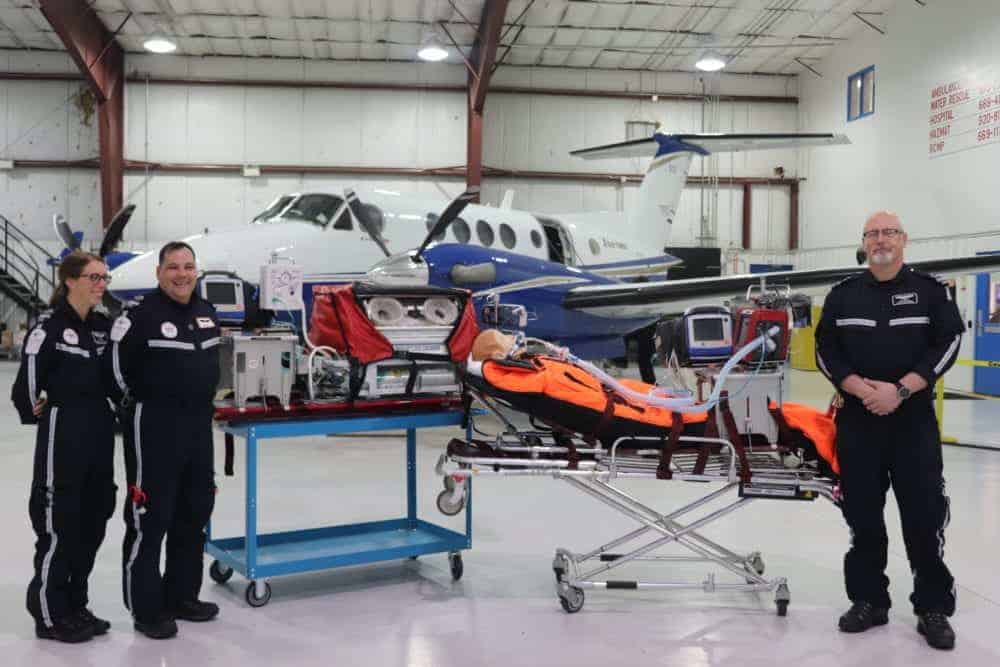The NWT air ambulance service recently became the third program in Canada and the first 'primarily fixed wing' service to receive accredited status from the Commission on Accreditation of Medical Transport Systems (CAMTS).

“What (CAMTS) looks at is hours of work, the number of hours of operation, how new the equipment is and is it operational. They look at medications, as well as how do we audit our equipment, making sure that its biomedded on a required level as per the manufacturer, they also look at the aircraft,” said Bartholomew Strak, Operations Manager, with the air ambulance flight team.
The NWT air ambulance service is a partnership between The NWT Health and Social Service Authority (NTHSSA) and the Aeromedical Critical Care Emergency Services Specialist (ACCESS) ACCESS is made up of Advanced Medical Solutions, Aklak Air and Air Tindi Ltd. ACCESS mainly uses King Air airplanes but will also use helicopters and smaller planes when necessary.
The partnership works to coordinate and perform medivac services in order to service every community in the NWT with medical transport services.
“We are contracted by the government of the NWT under the umbrella of access air ambulance with our air partner Air Tindi and we provide the air ambulance service regardless of where they might be. So the majority of what we do is use our king air airplanes to fly in between communities and often down to Edmonton,” said Aris Scott, flight paramedic with AMS.
David Maguire, a spokesperson for NTHSSA says that accreditation was a required component of the contract that was issued for ACCESS to carry out the territory's air ambulance services. He said accreditation is an ongoing process and that it allows for the partnership to evaluate themselves moving forward.
“I think accreditation, because it's an ongoing process, it allows us not only to measure that we're in line with best practices and confirm that the care and services that residents are receiving through this partnership is among the best in North America. It allows us to continue to assess our service and our ability to provide care and best practices as they change,” said Maguire.
Scott also noted that the accreditation process is a chance for a third party to look at the air ambulance services and allow for a fresh set of eyes to make recommendations on how to improve.
The accrediting organization gives us a list of recommendations which we need to meet the majority of them, and so it was a great way for us to have an introspective view of our service and to find ways to make our service better and safer for our patients and to implement some changes,” said Scott.
The NWT air ambulance service is unique in Canada in that the team doesn't specialize in the types of medical emergencies they respond to. Annually there are over 1,200 medical air transports in the NWT.